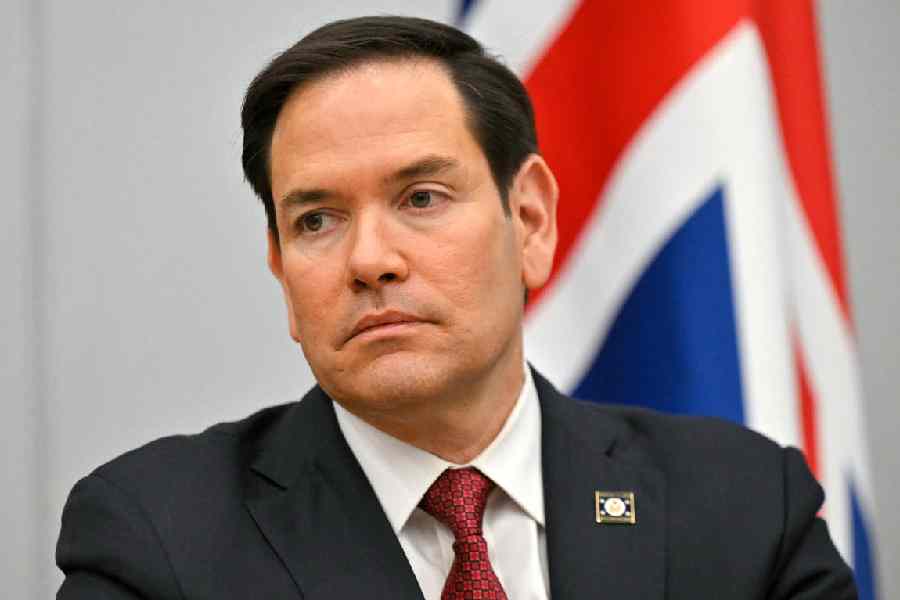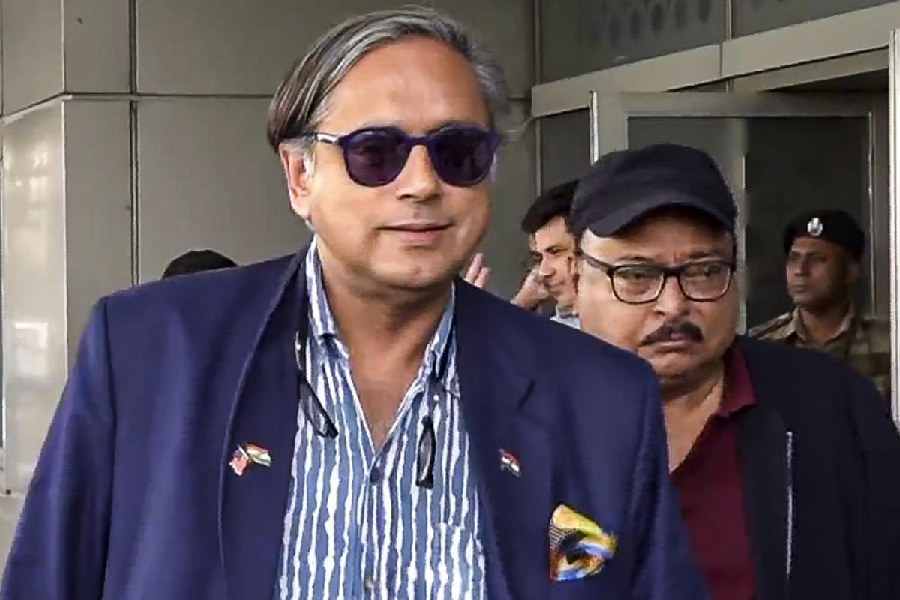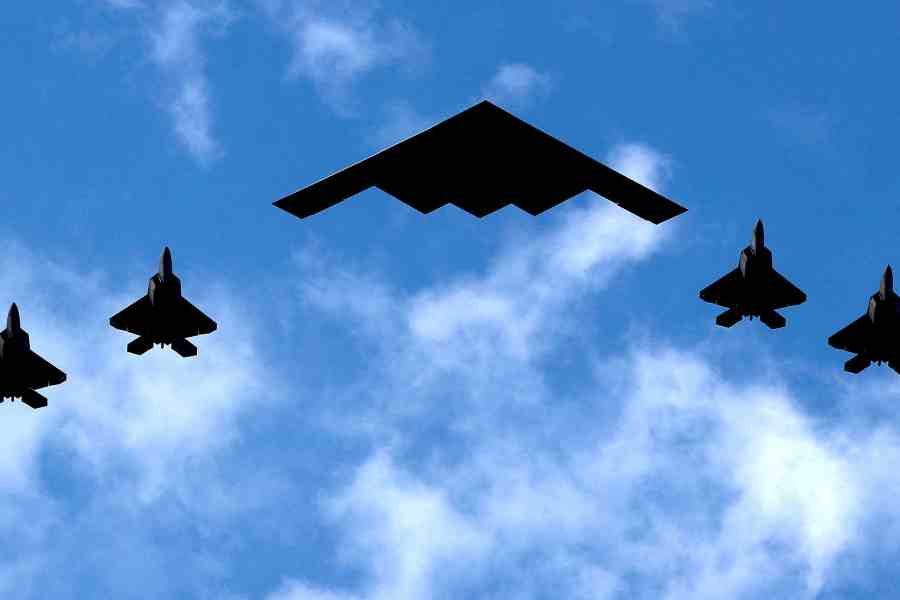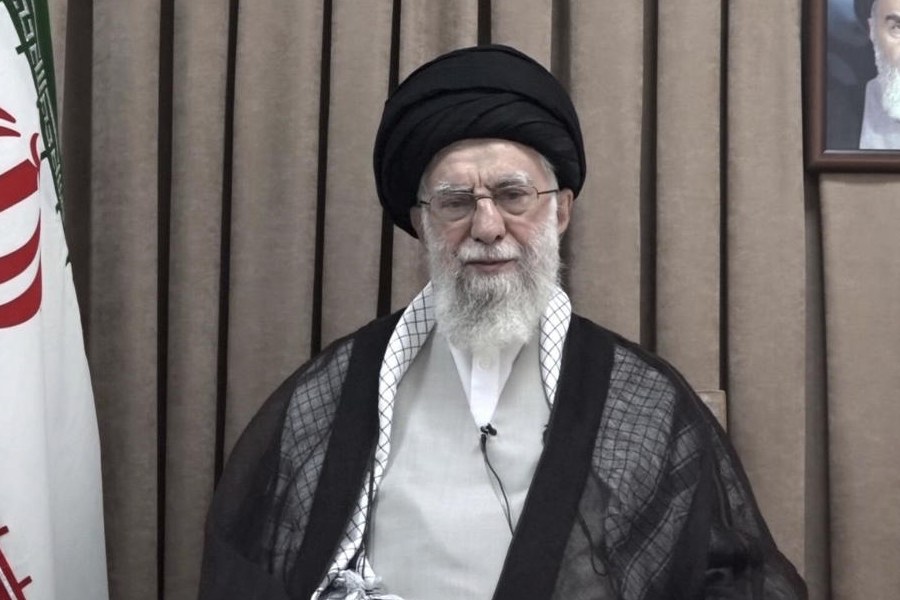Calcutta, April 1: Indian cigarette manufacturers today said they had stopped production claiming ambiguity in rules on pictorial warnings, but drew criticism from health experts who suspect the industry is trying get the Centre to dilute the larger warnings effective from today.
The Tobacco Institute of India (TII), an industry body whose members account for over 98 per cent of domestic cigarette sales, claimed the decision was taken following differences between a government notification and a parliamentary panel's recommendation.
A gazette notification in September 2015 had said that pictorial health warnings should cover 85 per cent of the area of tobacco packets from April 1 2016. But a parliamentary panel had last month recommended that they be limited to 50 per cent.
Sources said the tobacco industry had asked the Centre to clarify which of the two it should follow. The decision to stop production would result in an estimated loss of Rs 350 crore a day, the sources claimed.
Health experts campaigning for more effective pictorial warnings view the industry claim of stopping cigarette production as a pressure tactic to coerce the Centre into rolling back the 85 per cent size pictorial warnings.
"There is absolutely no ambiguity in the rules --- people in the tobacco industry are intelligent enough to understand the difference between a gazette notification that sets out the rules and a recommendation from a parliamentary panel," said Monika Arora, the director of the health promotion division and an assistant professor at the Public Health Foundation of India in New Delhi.
"The industry response is just an effort to dilute the rules, interfere in the government's rule-making process," she said.
"The Indian tobacco industry had written to the health ministry on March 15, 2016, seeking clarification on the matter," Syed Mahmood Ahmad, the director of TII, said in a media statement this evening.
The TII had slammed the gazette notification, arguing that it would lead to shrinkage of the legal cigarette industry, which represents only 11 per cent of India's tobacco consumption.
According to the TII statement, the graphic pictorial warning is a "surprising deviation" from global trends.
"The warning size in India is much larger than the average of 20 per cent among the top five tobacco-producing countries (China, Brazil, the US, Malawi and Zimbabwe) and the global average warning size of 31 per cent," it said.
The TII claimed the slowing demand of tax paid cigarettes caused by the 85 per cent pictorial warning would cause distress to 45.7 million people --- farmers, workers, traders and others --- involved in the industry.
It claimed the larger pictorial warnings ordered by the Centre appeared directed by NGOs and anti-tobacco activists funded by "overseas vested interests".
Moreover, the top three cigarette-consuming countries --- the US, China and Japan --- that accounted for 51 per cent global cigarette consumption had only text-based warnings (about 30 per cent size) and had not adopted pictorial warnings, the TII statement added.
"Pictorial warnings are effective ---- and the industry knows this, otherwise it would not have cared, it would not have reacted the way it is reacting now," Arora said.
Health experts have for long warned the Indian government that the health costs and lives lost to tobacco far outweigh any revenues the tobacco sector generates. Studies suggest that about a million people die from tobacco-related illnesses in India each year and tobacco-related health costs in 2012 were estimated to be Rs 104,000 crore.
"The industry had six months to prepare for this --- it probably was under the impression that lobbying with the government would work this time too," said Amit Yadav, the director of public health law and advocacy with Hriday, an NGO campaigning against tobacco.
Former health minister Harsh Vardhan had first announced that the expanded 85 per cent pictorial warnings would be implemented from April 2015. But the health ministry postponed the move by a year after an interim report from a parliamentary panel last year.











